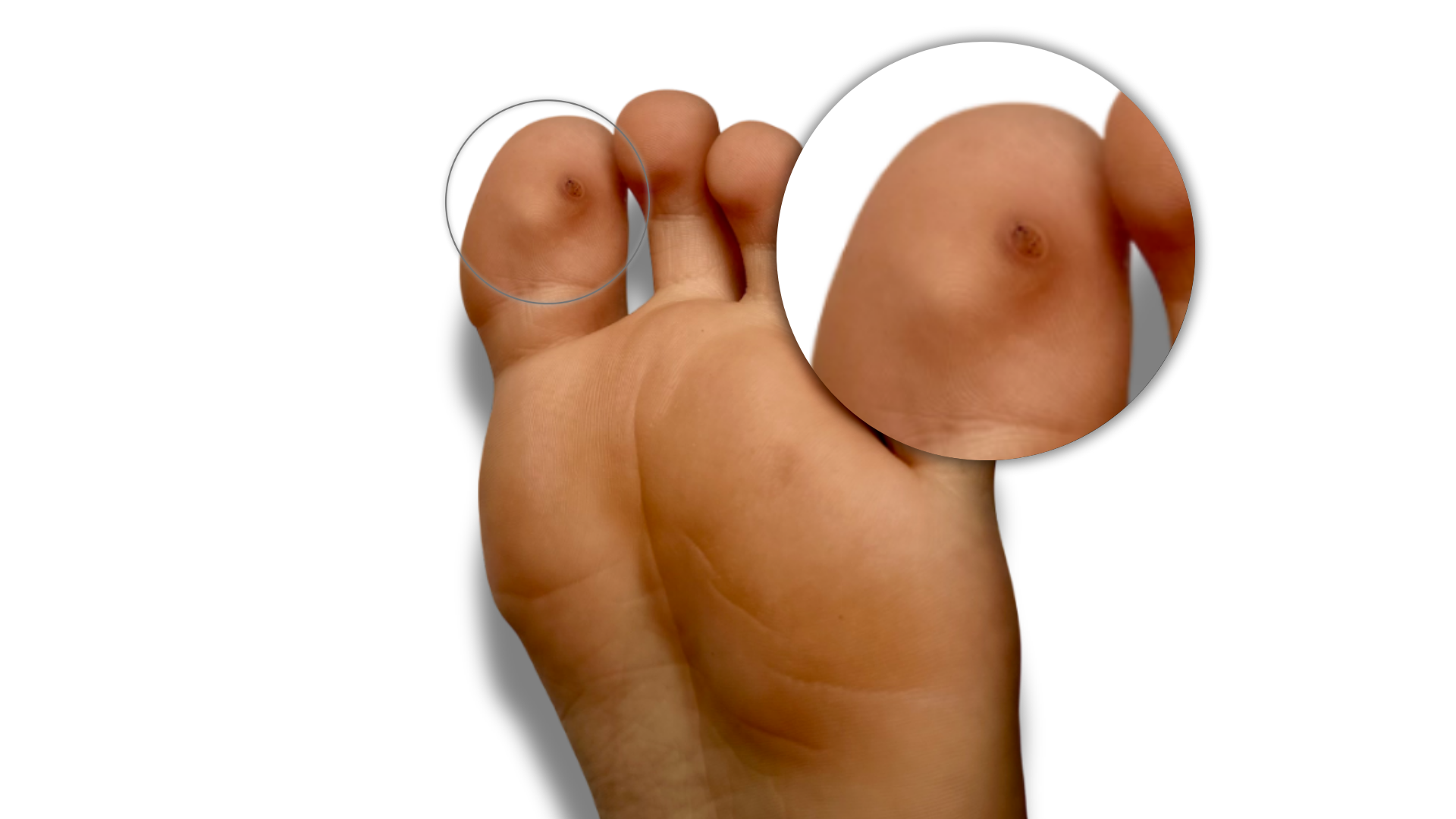Warts are skin lesions caused by infection with the human papillomavirus (HPV), a virus with over 200 known subtypes.
Many people think HPV is only related to sexually transmitted infections, but that’s just part of the story. The virus can affect various areas of the body, such as the hands, feet, face, armpits, elbows, and of course, the genital region. Each type of wart has a different appearance, behavior, and risk — understanding these differences is essential for proper diagnosis, prevention, and treatment.
How Is HPV Transmitted?
HPV is easily transmitted, but the way it enters the body varies depending on the subtype and affected area:
1. Unprotected Sexual Contact
This is the most well-known form of transmission. Subtypes like HPV 6, 11, 16, and 18 are transmitted through genital contact (with or without penetration). They can cause:
Anogenital warts (condylomas)
Precancerous lesions of the cervix, vulva, penis, anus, mouth, and throat
2. Direct Contact with Skin or Contaminated Surfaces
Subtypes such as HPV 1, 2, 4, and 7 are transmitted through direct skin contact or contact with contaminated surfaces, such as:
Public showers
Locker room and pool floors
Gym equipment
Shared towels and objects
These commonly lead to:
Plantar warts (soles of the feet)
Common warts (hands, fingers, elbows)
Periungual warts (around the nails)
3. Self-Inoculation
A person can spread the virus to other parts of their own body by:
Scratching or cutting a wart and touching another area of skin
Shaving with contaminated razors
4. Kissing and Oral Sex
Although less common, HPV can be transmitted through kissing, especially if there are sores or bleeding in the mouth. Oral sex can transmit subtypes associated with oral HPV, which is potentially linked to oropharyngeal cancer.
Where Can Warts Appear?
| Location | Common Subtypes | Clinical Characteristics |
|---|---|---|
| Feet (plantar) | HPV 1, 2 | Thick, painful lesion with black dots; resembles a callus but appears “ingrown” |
| Hands and fingers | HPV 2, 4, 7 | Common wart: hardened, rough, usually painless |
| Nails | HPV 1, 4 | Periungual wart: may cause nail detachment or deformation |
| Armpits & neck | Usually not HPV | Soft, skin-colored lesions called skin tags or acrochordons |
| Elbows & knees | HPV 2, 4 | Rounded, rough lesions, typical in children and adolescents |
| Genitals & anus | HPV 6, 11, 16, 18 | Genital warts (condylomas), moist and clustered, cauliflower-like appearance |
| Mouth & throat | HPV 16, 18, 33 | Mucosal lesions, sometimes unnoticeable, may develop into cancer over time |
Are Warts and Skin Tags the Same Thing?
No. Although they may look similar, skin tags (or acrochordons) are not caused by HPV. They are benign, skin-colored, soft lesions attached by a thin stalk, commonly found on the armpits, neck, and under the breasts.
| Feature | Wart (HPV) | Skin Tag (Acrochordon) |
|---|---|---|
| Cause | HPV virus | Friction + genetic/metabolic predisposition |
| Transmissible | Yes | No |
| Surface | Rough, coarse | Smooth, soft, “hanging” |
| Common locations | Hands, feet, genitals | Armpits, neck, skin folds |
| Cancer risk | Yes, in some subtypes | None |
Lesser-Known Facts
HPV can remain inactive for years without symptoms and appear during periods of low immunity.
The HPV vaccine protects against the most aggressive subtypes (6, 11, 16, 18, among others) and should be given before sexual activity begins.
Plantar warts grow inward, not outward like others — that’s why they’re painful when walking.
Cutting or picking a wart can cause bleeding and spread the virus to other areas of the skin.
Wearing flip-flops in public bathrooms and keeping feet dry helps prevent infection.
Wart Treatment
Not all warts require treatment. Some go away on their own, but treatment is recommended in cases of:
Pain, discomfort, or risk of self-inoculation
Aesthetic concerns or visible location
Genital lesions (always require medical evaluation)
Treatment options:
Salicylic acid and other keratolytic agents
Cryotherapy with liquid nitrogen (freezing)
Chemical or electrosurgical cauterization
Laser treatment for resistant cases
Topical immunomodulators like imiquimod
Conclusion
Warts are more than a cosmetic concern — they are visible signs of HPV infection, a virus with multiple transmission routes and behaviors. Recognizing the types, common locations, and ways of spreading is key for both prevention and proper treatment. While many warts disappear spontaneously, genital and persistent lesions should always be evaluated by a healthcare professional.



